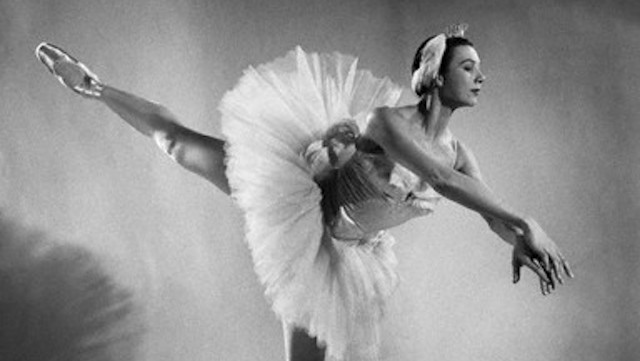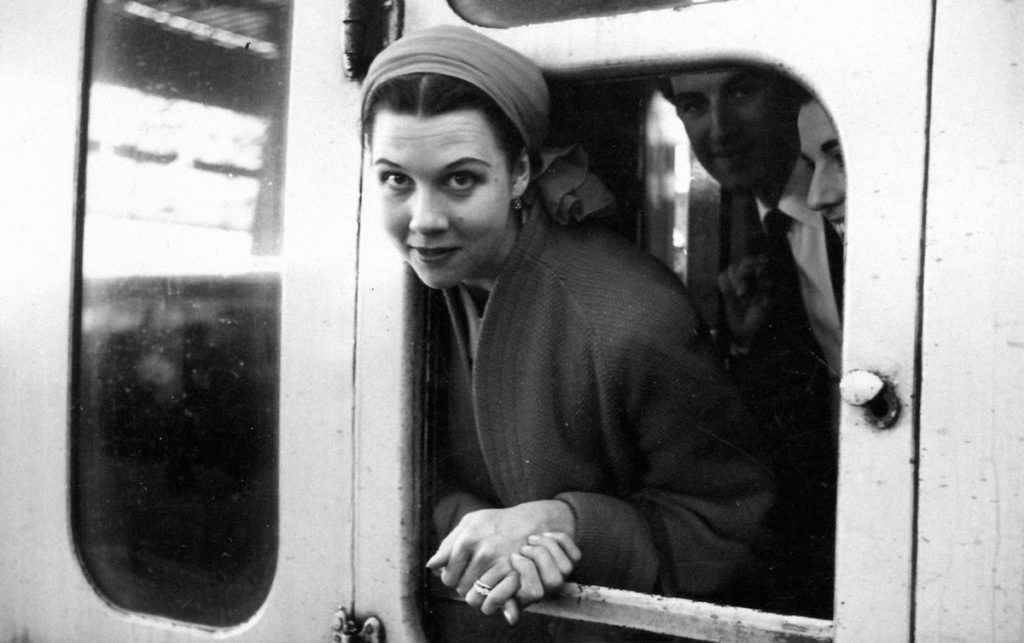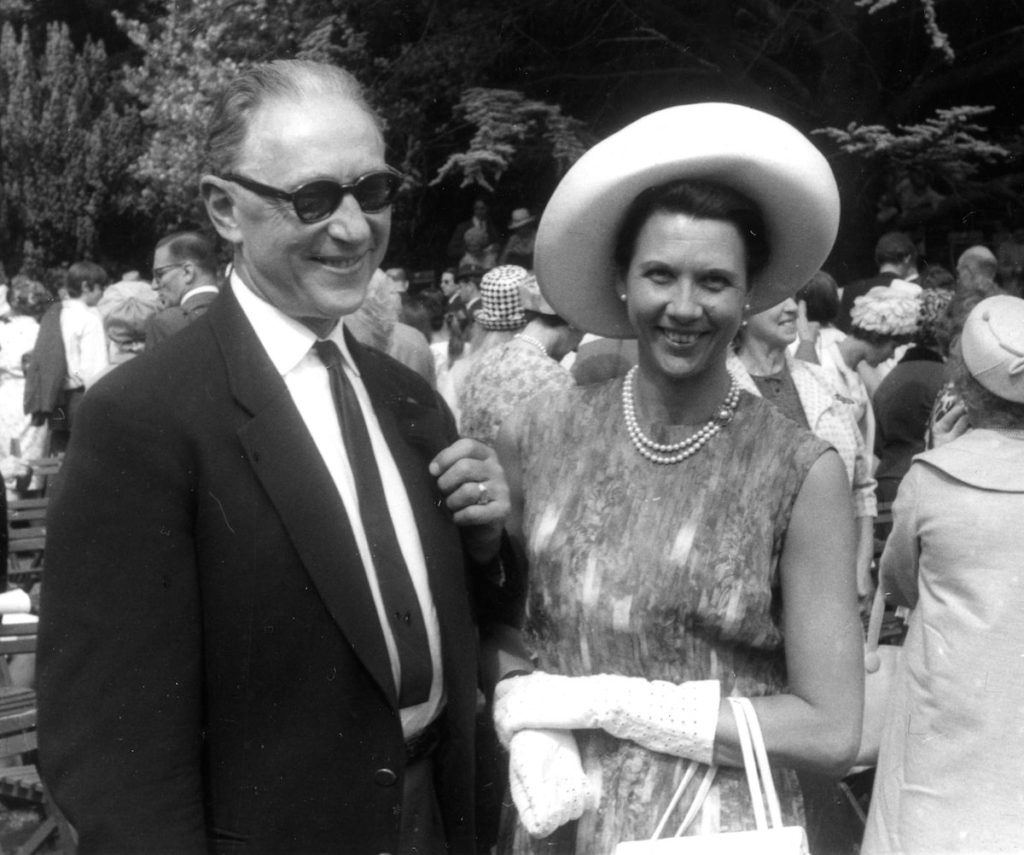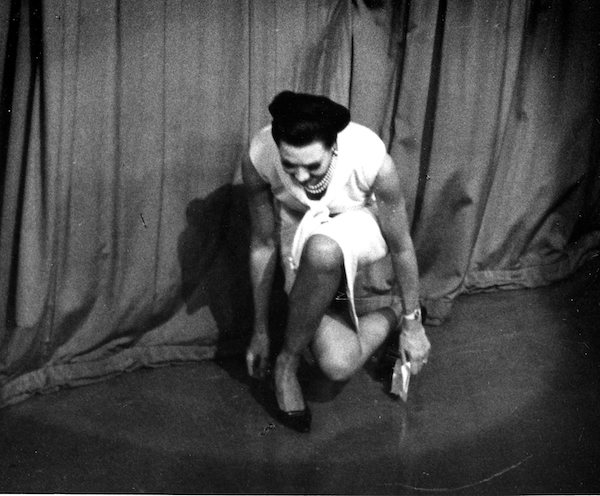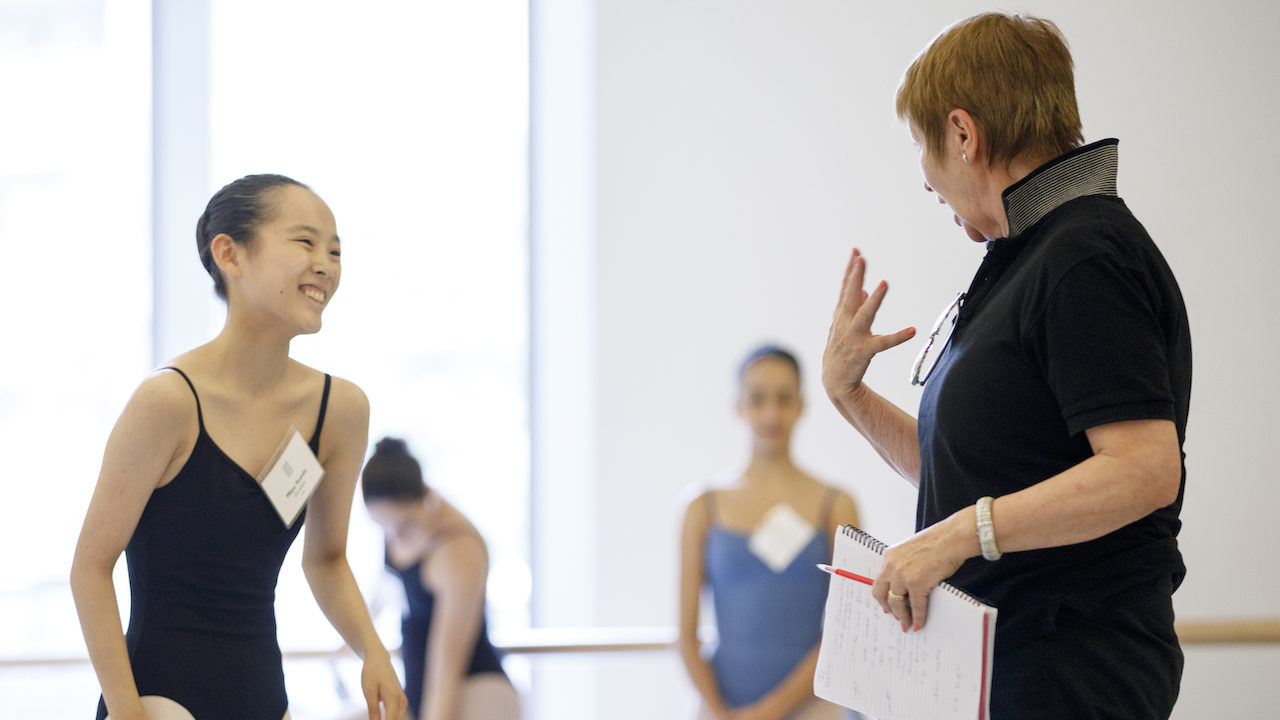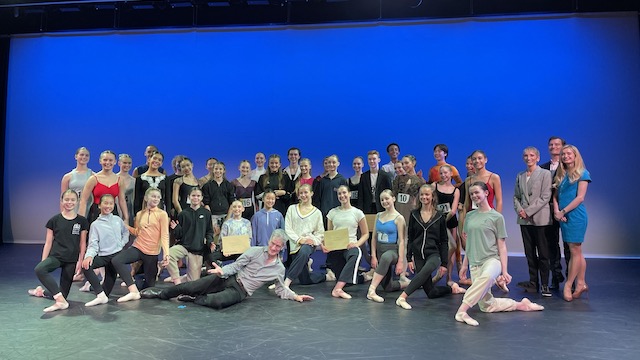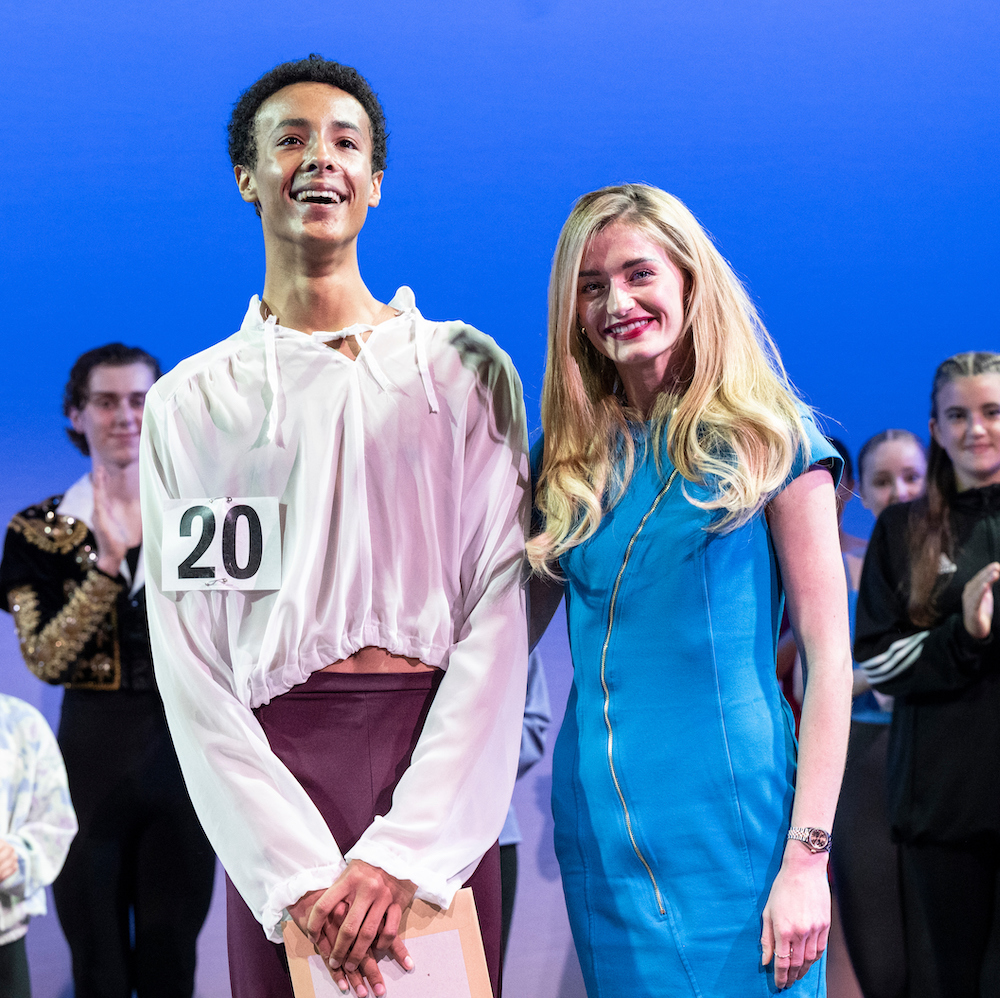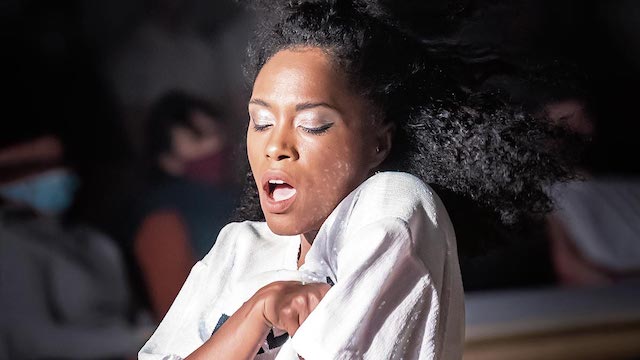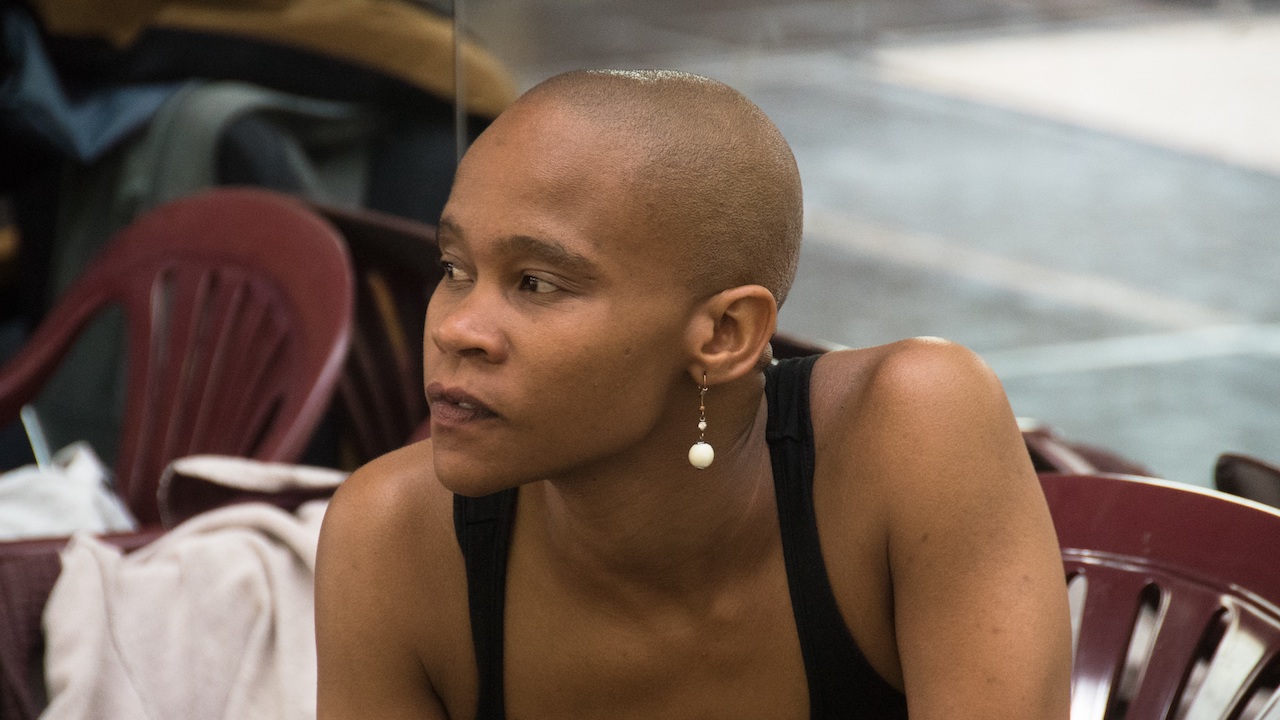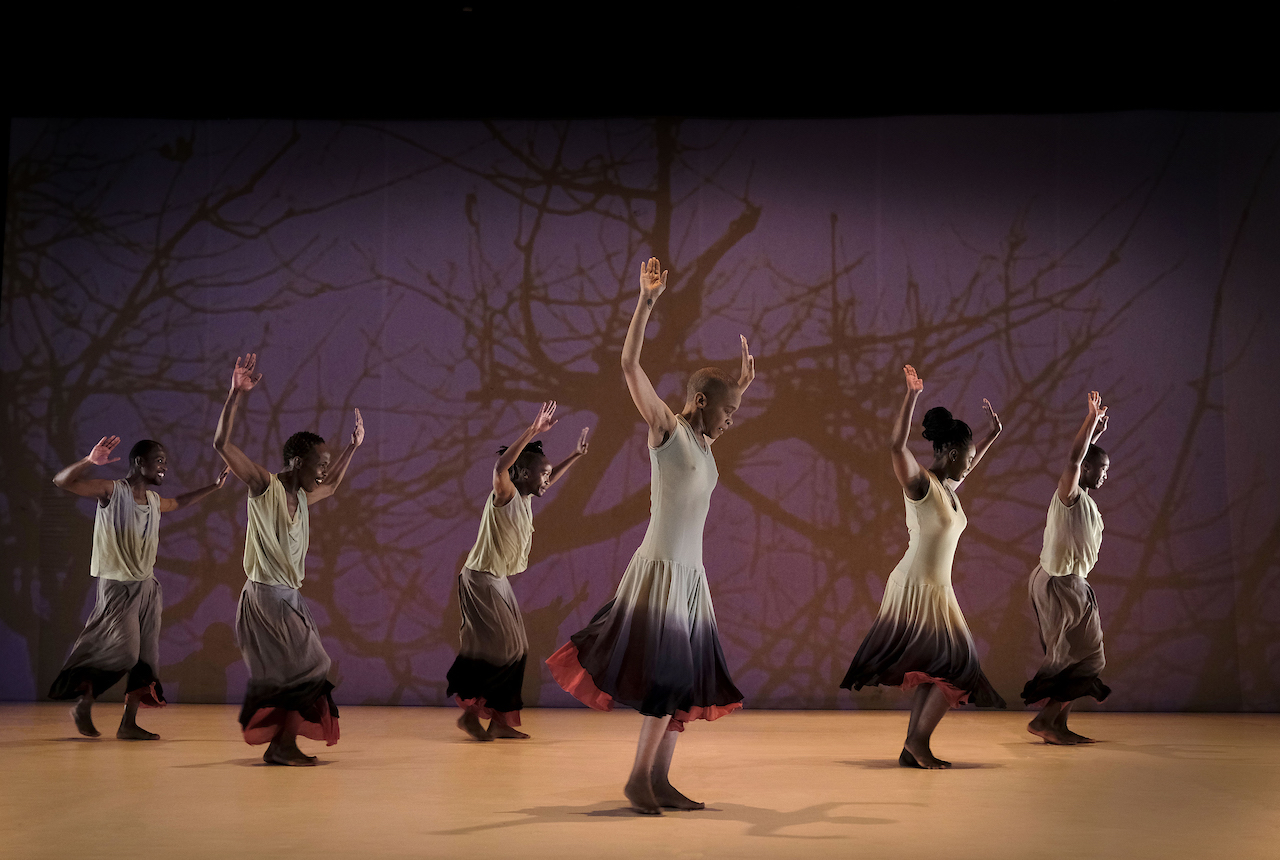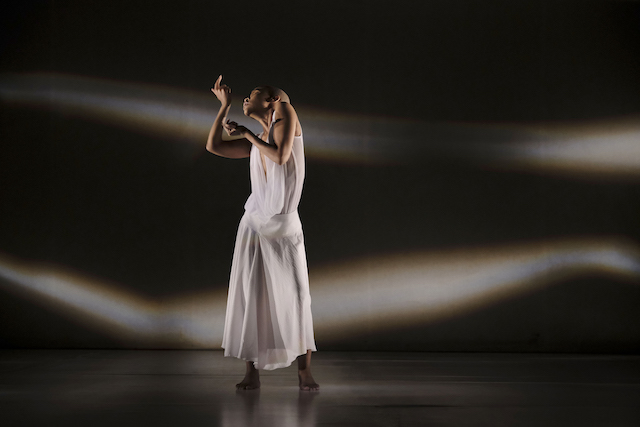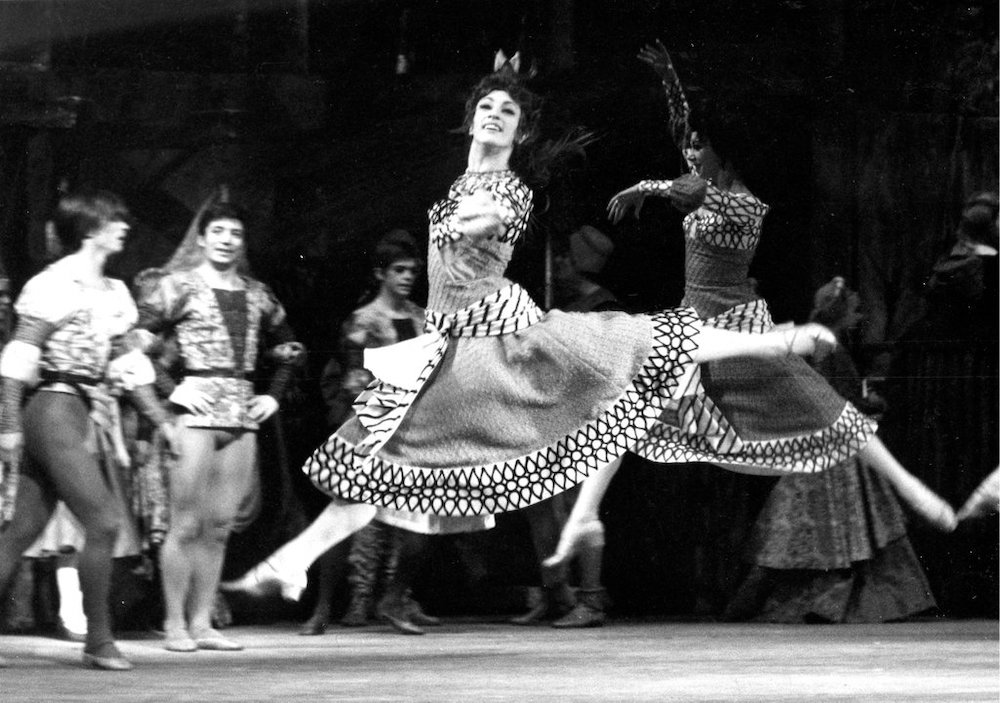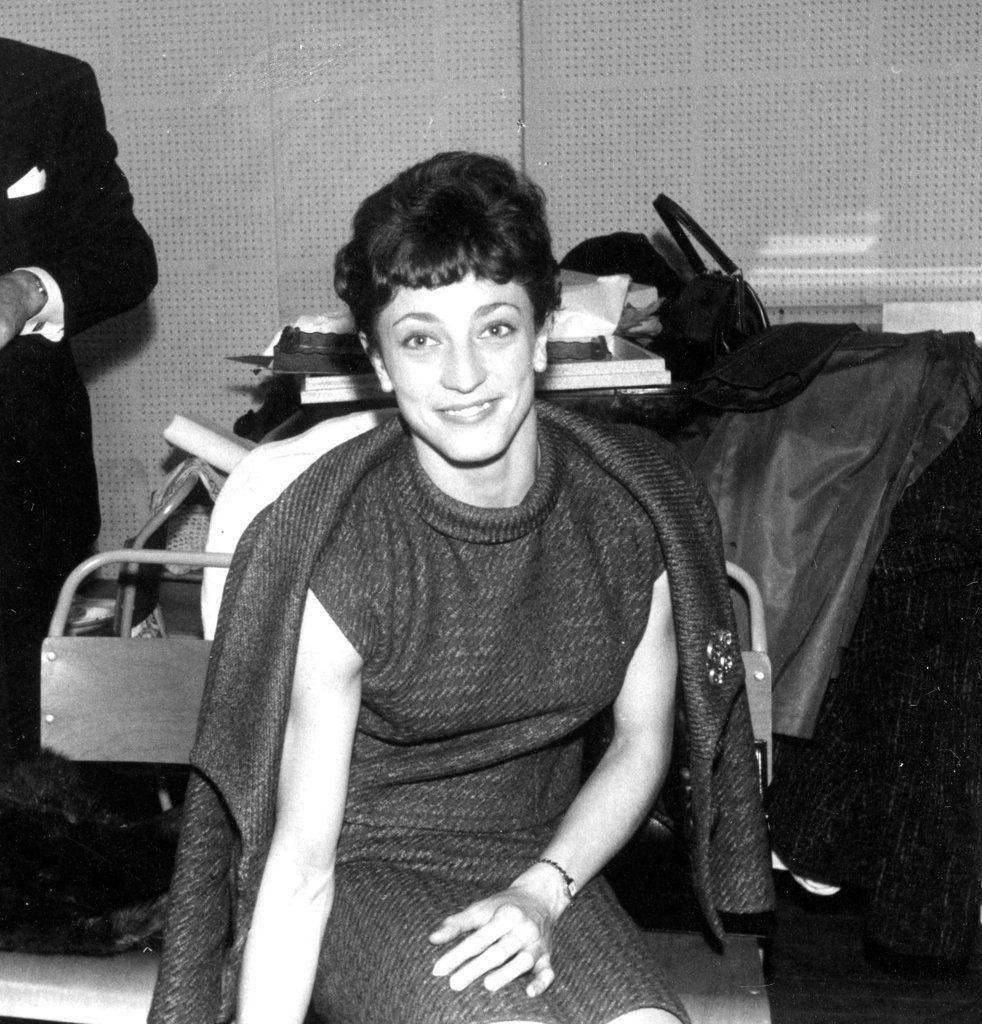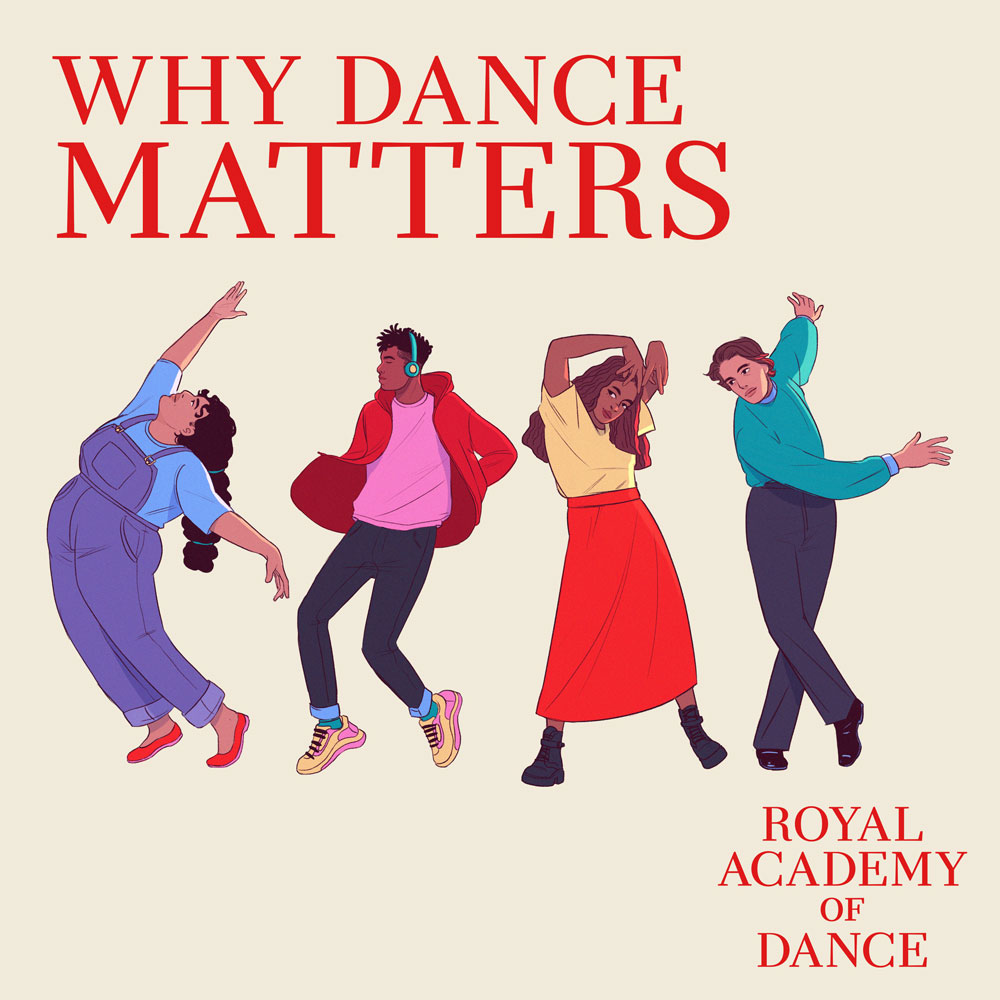Congratulations on the new role! Having spent your career in the gymnastics world, why did you want to move into dance and the RAD?
I was a gymnast at an international level, and was then CEO of Gymnastics New South Wales (NSW) for 19 years. I was very passionate about the sport and its people. But there comes a time where you’re looking for new challenges. I looked at the Royal Academy of Dance – the values it espouses and the vision of the new CEO, Tim Arthur – and thought: this is an organisation going places, and one that I’d like to be a part of.
How did you discover gymnastics?
Our parents first put us in dance class: ballet, jazz and tap. Then my sister got into gymnastics and I thought, wow, I’d love to be able to do that. I lived in a country town where there weren’t many facilities available. So every Friday, from the age of 12, I jumped on the train to the state sports centre at Homebush. It took two and a half hours to get there, but I was really passionate about it. What I loved about gymnastics – and the same applies to dance – is that it’s all about getting the foundations right, because if you have the fundamentals in place, then the harder skills can follow. I’ve already had the privilege of attending a number of RAD awards programmes here, and can see the wonderful progression, which reminds me so much of where I came from.
How daunting was it to be leading NSW at such a young age?
I was 26, and had graduated in law. The organisation was in a difficult place, possibly heading towards insolvency, with a lot of community distrust. But by the time I left, we had 19 years of consecutive surplus and even after covid, which was a hideous experience for everybody, our member satisfaction rating was at 92%, because members saw that we got behind them.
How is morale among Australian dance teachers, coming out of the pandemic?
The lockdowns took a massive toll but I’ve been inspired by the stories of the dance schools who fully engaged in online classes and kept their students engaged. The state of Victoria supposedly experienced the longest continual lockdown in the world, but they have now held a couple of awards. Seeing the volunteers who run them connect and rejoice in their love of dance was inspiring. It will take time, but the human spirit is incredibly strong.
What do members need from their organisation?
If you break it down to its most basic principles, they want customer service. They want communication and relevant products. Each of the regional panels I’ve met spoke incredibly highly of the products, the Faculty of Education programmes and the quality of the examinations.
I’m passionate about making sure that our communication is two-way. Rather than speaking at members, I want to hear and share their stories. The RAD teachers I’ve met are incredibly passionate about what they do. I’d like to work out how we as an organisation can help them to grow and be the best that we can all possibly be.
Dance, like gymnastics, has had to think hard about safeguarding. How was that process in your previous organisation?
In Australian gymnastics, each state is a separate jurisdiction, with a national body where we come together. I used that independence to get child protection and safeguarding on the agenda. As early as 2004, we rolled out an award-winning programme of member protection information officers, training each of our 220 clubs in how to manage child protection. We later underpinned that with a child protection strategy including education programmes which trained up the community to ensure they were empowered both with information and the ability to find further information if they needed it. We were first movers on all of these things, before they were on the agenda at the national level. It was a comprehensive approach, and I’m proud of it.
How do you take members with you on that safeguarding journey?
It’s about having a conversation with them, so they fully understand why we’re doing this, the benefits to them and to their students and the community more broadly. All schools will see the benefits of ensuring the welfare of students. Ultimately, we are a community, and where schools aren’t doing the right thing, we as an organisation need to provide support and, if necessary, to act. Fundamentally, for me, child protection and safeguarding are non-negotiable, and I’d like to see more regulation in this area, including by the RAD at school level.
I think everybody wants to do the right thing, so I’m optimistic that the dance community here will come along for this journey.


